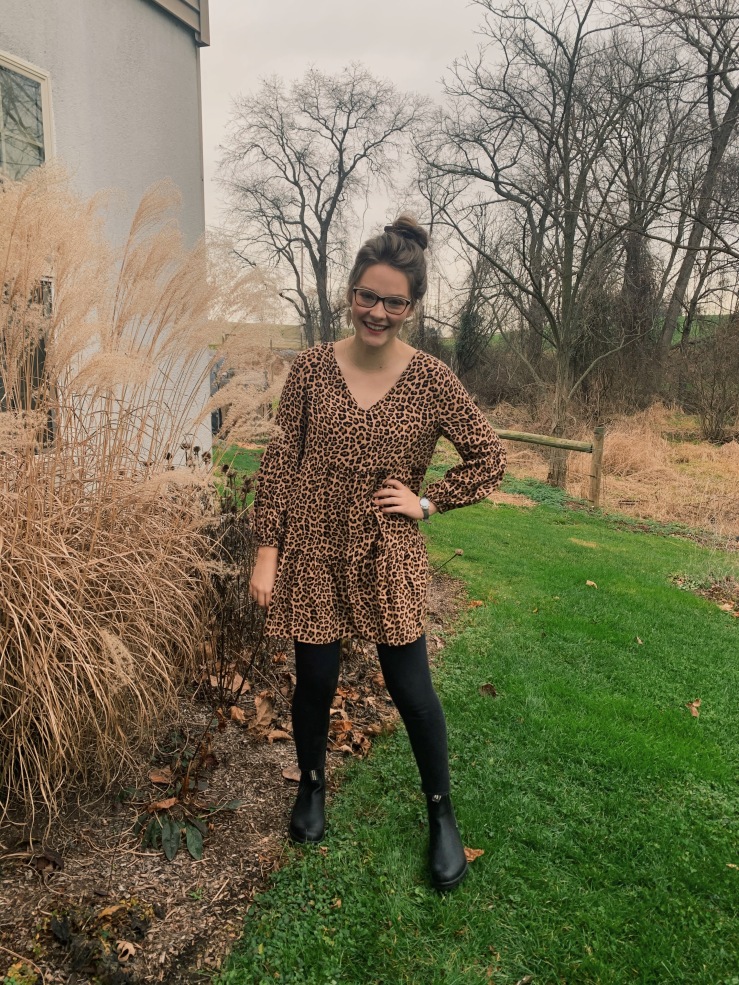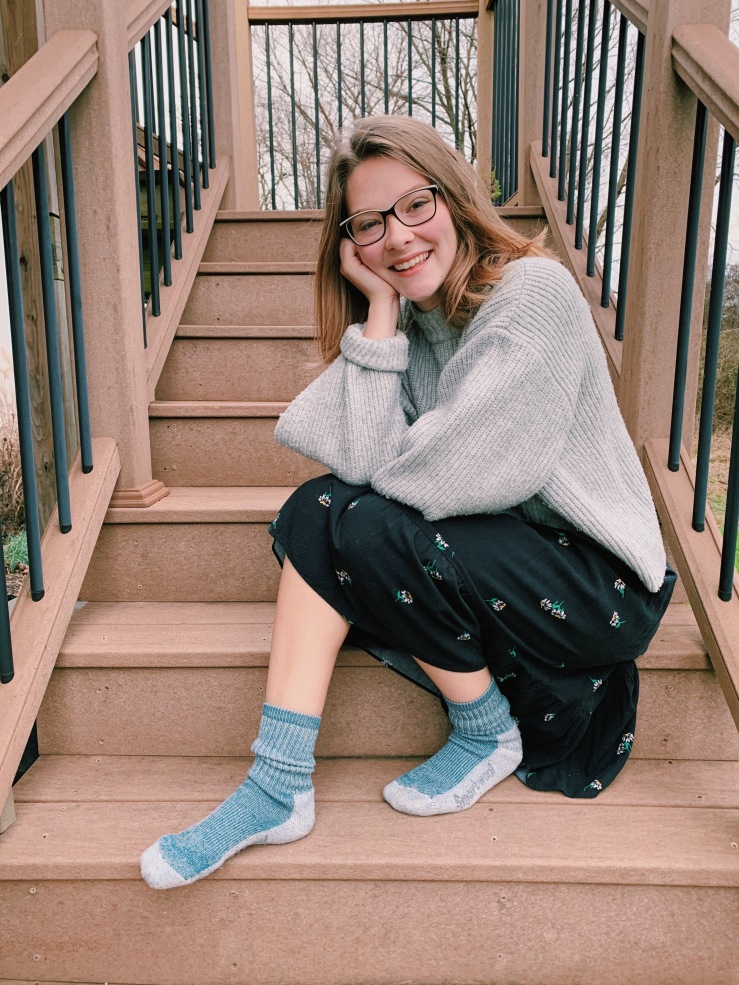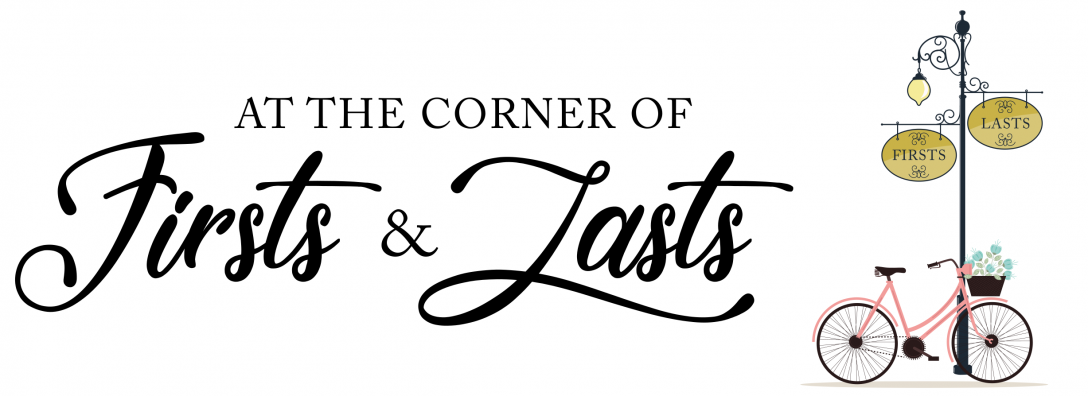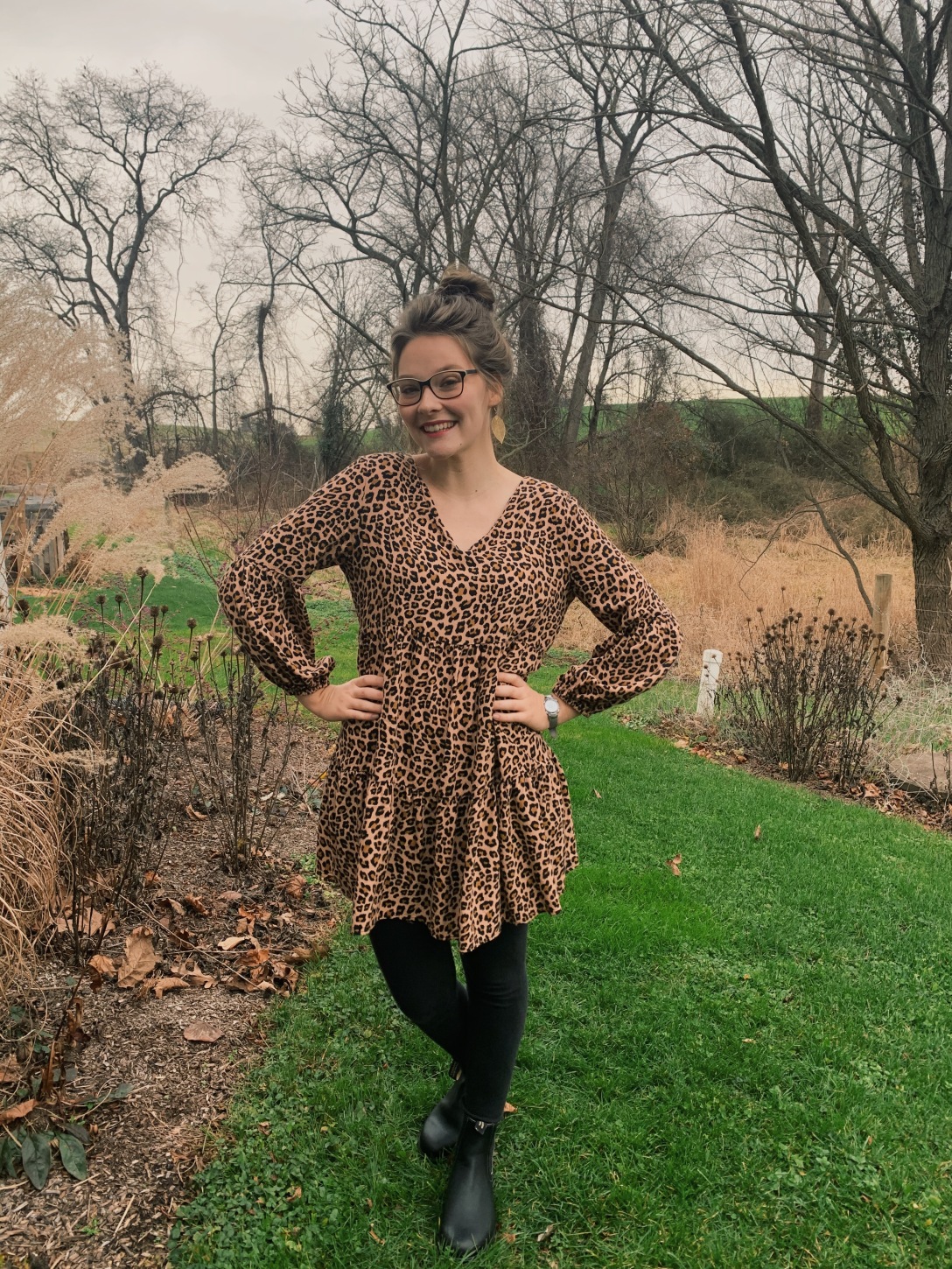Hello, friend!! I am wearing dresses every day of December for my second year as a Dressember advocate! We’re a community of volunteers who take on the challenge to wear dresses and ties to raise awareness and funds for the end of human trafficking. Below is my Advent Devotional I researched and wrote to go along with my campaign. You can find my Dressember page here.
Approach: Thank you for landing on this page! Welcome. I encourage to you find a printed Bible or have a web search available, silence anything that may distract you, and take 3 deep breathes. (Pause) Below you’ll be entering into a discussion on the broad picture of human trafficking. What do you think you know about it? What does “exploitation of persons” look like to you?
What is Human Trafficking?
Human Trafficking enslaved 40.3 million people in 2016 (Global Slavery Index, 2017). It is a US$150 billion per year industry, greater than many major companies like Facebook (International Labor Organization). According to the United Nations Office on Drugs and Crime (UNODC), human trafficking is the “recruitment, transportation, transfer, harbouring or receipt of persons, by means of the threat or use of force or other forms of coercion, of abduction, of fraud, of deception, of the abuse of power or of a position of vulnerability or of the giving or receiving of payments or benefits to achieve the consent of a person having control over another, for purpose of exploitation.” Exploitation can be “sexual exploitation, forced labour or service, slavery or practices similar to slavery, servitude or the removal of organs” (UNODC).
Trafficking can take on a variety of forms including, but not limited to, debt bondage, forced labor, bonded labor, child soldiers, sex trafficking, forced marriage (USDA). Oftentimes there is a combination of exploitation or threats that recruit and keep vulnerable peoples in slavery. For example, a person in domestic service may be physically abused and have their wages withheld. Indeed, people can be trafficked and paid. “For example, domestic workers are considered to be in forced labor it they’re paid 40% or less of what they should be paid,” and may also be experiencing other threats and abuse (Luscombe, 2014).
US$354 billions of products imported to the G20 countries of the Global Slavery Index are at risk for human trafficking. In 2018, the Global Slavery Index reported that US$127.7 billion of garment products imported to the 20 countries in their study, including the US, were at risk of modern slavery within their supply chain. The only products to top the garment industry were electronics, importing around US$200.1 billion of electronic products. The fish, cocoa, and sugarcane industries followed the garment industry, but each significantly less. The garment industry made up about 36% of the billions of dollars of imported products.
We’ll go deeper into human trafficking in the garment industry throughout December.
(Pause) Take 2 deep breathes. Thank you for reading through the numbers. Remember each one of those numbers has real names behind them. What is something you learned? What is something that surprised you? What do you still have questions about? (Pause)

I invite you to read on when you are ready.
Open a Bible or web search for Micah 4. Read through the chapter.
How do we talk about Hope when looking at these staggering numbers?
The first week of Advent highlights the theme of hope. As I just gave a big picture of human trafficking, I’ll also give a BIG picture of hope. Let’s open our imaginations to the hope of what will be through Micah 4. This will serve as our big, future (eschatological) vision of hope. The prophet Micah spoke to the kingdom of Judah, pronouncing the coming judgment on the kingdom. Micah’s prophecies focus on the wealthy elite’s exploitation of others, which led the people astray. Alongside social judgment, Micah also gives images for the future, eternal realities of God’s kingdom. Micah uses the reassuring Mount Zion as the hopeful image for restoration of Israel and a place of safety (Mic. 4:2). As in other prophetic oracles, God will establish his throne on Mount Zion as the place where heaven comes to earth (Mic. 4:7; see also Ob. 17!). When the Lord reigns from His throne on Zion, there will be everlasting peace (4:3a). This peace extends to all nations (4:3b). In Micah, the nations beat their weapons into tools to work the abundant land of God’s creation (Nelson). The transformation of their weapons is a sign of them accepting the provision of the land God has created and laying down their weapons of exploitation and oppression.
Micah reinforces the security and peace of the Kingdom of God in the image of the fig tree’s shade (4:4). “In the Messianic age to come, the people will not find security in their own production, but instead they will enjoy the fruits of the land without fear of lack or the violent results of covetousness” (Nelson). The power of the Kingdom of God is a “pause in the midst of progress (Moltmann 45). Continuing exploitation is continuing progress, and progress has little regard for neighbor. Progress and the demands of faster and faster production are violent on hearts, minds, and bodies. The human trafficking industry contributes greatly to this violence.
The fig tree invites us to pursue a hope that brings tangible justice to oppressed peoples. The power of the Kingdom of God breaks into the tirelessness and anxiousness of the compulsion to produce. Our desires must be reordered from dissatisfaction—which leads to devouring neighbor—to daily satiation, knowing only God can fully provide. Trusting the Lord’s provision orients us to seeking justice for our neighbor (Brueggemann 49).
Continue reading the rest of Micah 4 noticing the throne and stronghold at Zion (v. 7, 8, 13) and the hope of restoration that Micah speaks over a people that will soon be exiles when Babylon conquerors Jerusalem (v. 8, 10) Micah asks the people to look to this hope now. Though they will need to go through the pains of exile, which will painfully shape their culture and future as a people, they can hope in the refuge throne of God to come.

Though we face a significant injustice of human trafficking in our world, we look to the time in which God will reign at the place where heaven and earth meet. What does this mean for lived experiences now? God’s hope brings peace, joy, and love now. We are called to actively participate now. We may need to go through our own disillusionment and exile to become more like the people God wants us to be. We have hope that these big and small transformations away from exploitation
We’ll keep learning about human trafficking in the garment industry and our role in changing the industry. For now, check your tags on your clothes! Yes, that awkward reach around. 😉 Find the “Made In…” label, and lift up a prayer of thanksgiving for the hands that contributed to the making of your clothes in that country.
Thank you for taking this time with the Lord.
In Hope,

Sources Above:
Brueggemann, Walter. “Options for Creatureliness: Consumer or Citizen.” Horizons in Biblical Theology 23 (2001): 25–50.
Global Estimates of Modern Slavery: Forced Labour and Forced Marriage. Geneva: International Labour Organization and Walk Free Foundation, 2017. https://www.ilo.org/wcmsp5/groups/public/—dgreports/—dcomm/documents/publication/wcms_575479.pdf
“Highlights: Global Slavery Index.” Highlights | Global Slavery Index. The Minderoo Foundation Pty Ltd., 2018. https://www.globalslaveryindex.org/2018/findings/highlights/.
Luscombe, Belinda. “Inside the Scarily Lucrative Business Model of Human Trafficking.” Time. Time, May 20, 2014. https://time.com/105360/inside-the-scarily-lucrative-business-model-of-human-trafficking.
Moltmann, Jürgen, and Margaret Kohl. The Coming of God: Christian Eschatology. Minneapolis, MI: Fortress Press, 1996.
Nelson, Derek. “Vine and Fig Tree: Eschatology in the Prophet from Moresheth.” Wenham, MA: Redemption/Eschatology, 2020.
“United Nations Convention Against Transnational Organized Crime and the Protocols Thereto.” United Nations Office on Drugs and Crime, September 2004. https://www.unodc.org/documents/treaties/UNTOC/Publications/TOC%20Convention/TOCebook-e.pdf.
What Is Forced Labour, Modern Slavery and Human Trafficking (Forced Labour, Modern Slavery and Human Trafficking). International Labor Organization. Accessed November 30, 2020. https://www.ilo.org/global/topics/forced-labour/definition/lang–en/index.htm.


[…] In Week 1, we learned about the big picture of the millions of people and billions of dollars that makes of […]
LikeLike
[…] In week 1, we looked at the big picture of human trafficking and a big perspective on hope. In week 2, we […]
LikeLike
Hey thank you for writing this. Human trafficking is a hard topic and a lot of people don’t know where to start with a topic like this. I think coming from a place of hope, knowing that there can be a world that doesn’t exploit other humans, is a great place to start. Some people think it’s impossible. But with God on Mount Zion, nothing is impossible. Let us praise the Lord on mount Zion and help bring our neighbors to this peace that he brings too.
LikeLike
[…] In week 1, we looked at the big picture of human trafficking and a big perspective on hope. In week 2, we […]
LikeLike
[…] In week 1, we looked at the big picture of human trafficking and a big perspective on hope. In week 2, we […]
LikeLike